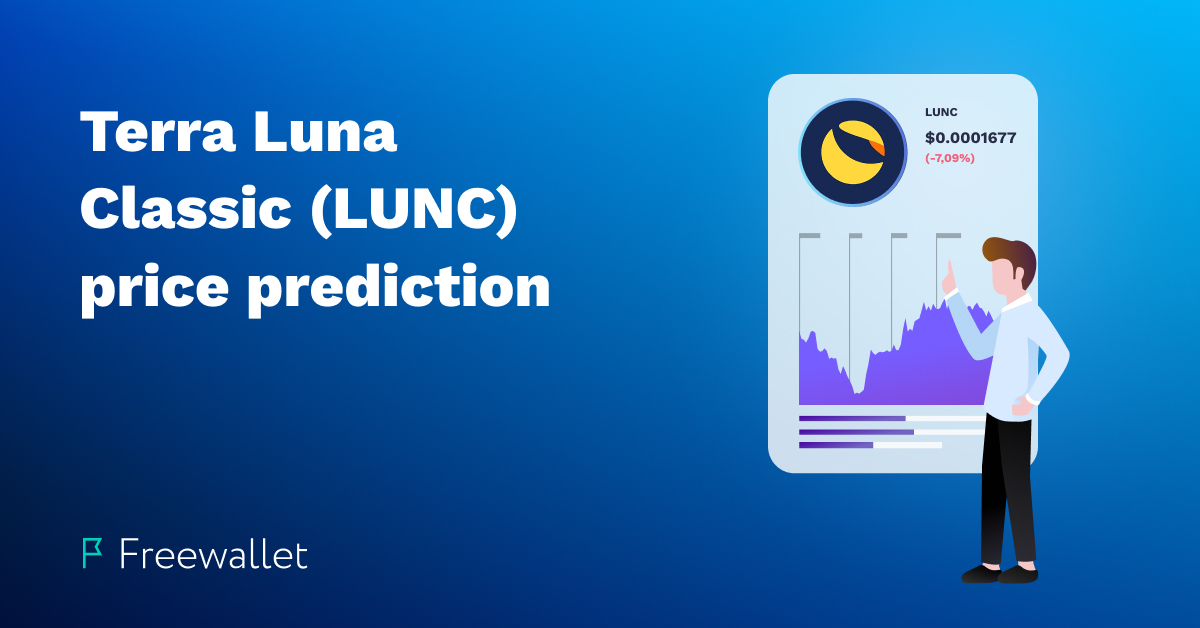
Crypto fashion is something that might sound weird, but it is actually one of the industries that is developing around blockchains.
This industry takes advantage of NFTs – the Non-Fungible Tokens – a new kind of tokens that resembles the traditional art we’re used to.
What happens is that people buy virtual clothes to dress their avatars in the virtual world.
With this article, we want to talk about this new trend that is attracting ever more people.
Fashion Industry and NFTs
When we talk about the fashion industry, we’re not just talking about major brands, but also about freelancers.
Professionals well versed in smart contracts and design can make in a few weeks what they would make in a year with a traditional job.
Yahoo published, on August 12, the story of Noah – aka Kai – who left his job and started selling virtual kimonos. In three weeks he is able to earn around $15,000 – $20,000.
That’s the power of the crypto fashion market.
As we said, these professionals need to know about blockchain and smart contracts.
NFTs (Non-Fungible Tokens) are simply tokens that can’t be exchanged for another identical token. In the real world, a non-fungible asset can be a piece of art or a house.
NFTs have this characteristic, and they exist in a digital format thanks to the blockchain. They’re just a set of data stored on a specific ledger – like the Ethereum blockchain.
Being unique and recorded on an immutable ledger, NFTs can also receive a certificate of authenticity, and an owner can easily prove the ownership of that asset.
This is usually made via smart contracts, legal contracts written on blockchains – especially Ethereum – that automatically comply with the elements agreed by the parties. Smart contracts can be used not only to create NFTs, but also to trade them, to authenticate them, and to prove ownership.
What is possible in real life, now it’s also possible in the virtual world. But this needs a new set of professionals. Today, those who know about design need to know about blockchain to enter this new market; those who know about finance need to know about blockchain to understand the new solutions now available to people; the same applies to industries like fashion, health, food, and so on.
People Are Spending Real Money to Buy Virtual Clothes
People like Noah had to develop new skills, design is only a part of the game.
Blockchains made any kind of professional reconsider their capabilities to include the kind of knowledge related to blockchain technology – it is spreading across industries.
The world is changing, and professionals need to change, too.
Why? Because people are spending real money, they are creating a new virtual economy.
The Covid-19 pandemic only accelerated the process. If virtual reality seemed a weird thing, today it looks like it is ever more normal.
It goes beyond the scope of this article to address the psychological causes and consequences of the amount of time spent in the virtual world. We only know that the market – as usual, and as expected – adapts to the new needs of people.
And as in real life, also in the virtual world avatars need clothes, shoes, and accessories.
As in real life, there are people willing to spend more to have unique items.
NFTs fit the need because they can create unique items, and they can produce certifications of ownership since they are recorded on the blockchain ledger.
It is hard to assess how much money people are spending to get the most exclusive items or just items for which they can prove their ownership – this is, in a nutshell, the main difference between the clothes of a traditional avatar and an avatar that is wearing an NFT.
We can try to assess that by analyzing the data released by the main platforms that allow people to use fashion NFTs.
One of the main and most famous platforms, that was founded exactly to allow people to live virtual lives, is Decentraland.
Yahoo, sharing data on Decentraland taken from NonFungible.com, said that $750,000 worth of wearables were traded only in the first half of 2021.
At the end of September, the famous brand Dolce & Gabbana sold its fashion NFT collection, realized by UNXD, for almost $6,000,000!
In 2019 The Fabricant, the digital fashion house, sold its digital dress Iridescence for $9,500. The Fabricant is the same platform that decided to launch The Fabricant Studio, a place where people without 3D technical knowledge can create digital dresses with professional creators so that royalties are split between all the creators.
And here a reflection is needed. The crypto space is attracting people because it creates a more inclusive economy, and industries are adapting because people are choosing to dive into this new technology.
This makes the technology – and the NFTs created on top of it – an everyday thing worth billions of dollars.
In fact, crypto fashion is also involved in a more common market: gaming (e.g. playtoearn).
In 2019 the fashion brand Louis Vuitton partnered with League of Legends. In 2018, gamers spent over 1 billion dollars on League of Legends for NFTs assets.
During the same year, Fortnite earned over $2 billion dollars thanks to virtual assets.
In short, crypto fashion created a billionaire market, attracting everyday people and major fashion and luxury brands.
What the Future May Hold for Crypto Fashion
It is not easy to tell.
The adoption of crypto fashion by everyday users, especially thanks to the gaming industry, is making this market even bigger and richer.
The point is that people not only want to live in a virtual world but sometimes need to live in a virtual world.
The pandemic has been only an example of this, but let’s think of the positive impact the metaverse can have in the real economy.
It can be used to test new markets before making them alive – and this would cost less for business; we can use it to find more sustainable solutions – let’s think about the fact that all dresses, the wearables, can be added to people in post-production, and that brands could use them to create fashion shows and photoshoots without using all the resources that are usually needed to produce them; people can have more opportunities to invest their money in real life assets transposed to the digital world.
This virtual life trend is affecting every aspect of our lives, and fashion is no exception.
Since it is becoming such a normal thing, maybe there is a high probability that fashion items will become cheaper and more accessible, in line with the philosophy behind cryptos. For what concerns the luxury industry, people will always be willing to spend more – as ever.
But a thing is quite sure: the virtual universe is becoming an alternative also for everyday people.
In today’s world, blockchains are not the only new topic: we often hear of rich people who travel space to find a possible solution to the deterioration of our planet, but a virtual world could help us to exploit our real-world less.
We’re only at the beginning, and we can’t even imagine where the new virtual universe will lead us.
Is the metaverse the alternative to space for those who can’t afford space travels?
Related
Stay tuned
Subscribe for weekly updates from our blog. Promise you will not get emails any more often.
Most Popular
New Posts
Stay tuned
Subscribe for weekly updates from our blog. Promise you will not get emails any more often.







